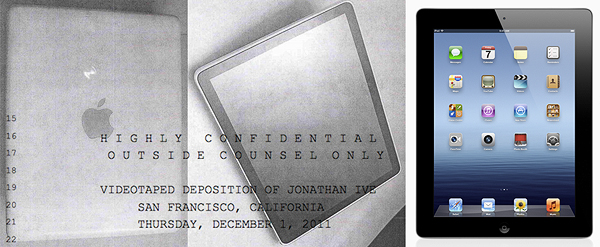It’s been a long way for the music industry to catch up with what users need, but at last, there are plenty of really good choices. I’m listening to Apple Music’s British Talent selection right now (The Southern – Shout it!), the sun is shining bright, I have my late-morning coffee, and wonder which subscription to cancel: Spotify or Apple Music.
First world problems, you know.
Both come for £10 a month, Spotify is an awesome Swedish company, and Music’s curated playlists are just fantastic. Oh, such a hard choice this.
Apple’s service is all new, Spotify is offering all their music for free – an interesting test would be to compare which of those databases is seemingly larger. I’ll do this with a list of bands from my to-be-checked-out list: these are the songs I Shazam, get recommended to, or find in a random music store.
Ten songs on ten albums. Extremely unrepresentative.
The results are in.
The big names and new releases both Spotify and Apple Music seems to have:
- Seb Wildblood / Foreign Parts
- Wilco / Star Wars
- Yo La Tengo / Stuff Like That There
- Beck / Dreams
- Maaskant & Adam Marshall – Outside the Cave / Vamp
- Deradoorian / The Expanding Flower Planet
- Shigeto / No Better Time Than Now
And some are just missing from both stores:
- Xiu Xiu / Respectful & Clean
- Brooklyn Funk Essentials / Funk Ain’t Ova
And the only piece that was available on Apple Music, but missing from Spotify:
- Jean-Michel Jarre & 3D (Massive Attack) / Watching You
Apple did slightly better on this list, but only sliiightly. And the point is, almost every crazy album and song you possibly want to hear is available online.
There you go, the final result: this is a useless test, and you need to decide based on something else.
